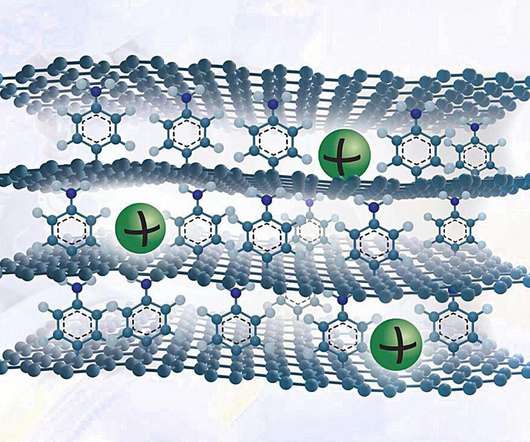Fraunhofer researchers develop new low-cost dry-film electrode production process
Green Car Congress
JUNE 7, 2019
Researchers at the Fraunhofer Institute for Material and Beam Technology IWS in Dresden have developed a new battery cell production process that coats the electrodes of the energy storage cells with a dry film instead of liquid chemicals. Electrodes coated with the new dry transfer coating technology. © Fraunhofer IWS.




























Let's personalize your content